Understanding Different Learning Styles: Reading and Writing Learners
Every student has their own unique way of learning. Some children learn best through movement (kinesthetic learners), while others prefer hearing information (auditory learners) or seeing it (visual learners). Reading and writing learners, on the other hand, excel with text-based materials. They prefer to engage with books, articles, and written assignments to gain knowledge. This type of learner tends to gravitate towards reading and writing as their main way of learning, especially in a homeschool setting. They enjoy exploring written content to uncover new ideas and concepts.
To support these learners with this preferred learning style, it’s essential to provide plenty of opportunities for them to interact with text-based information. This can happen in many different ways. At its simplest, it could include assigned readings or research projects that allow them to dive deeply into topics they are passionate about. As they process this information, they often find that writing essays or research papers is the best way to demonstrate their understanding.
While kids with this learning style may enjoy hands-on activities, reading and writing learners typically excel at taking notes. Encourage them to write down key points and summaries to enhance their retention during online courses or while reading textbooks. This practice can help them organize their thoughts and solidify their grasp of the material. Teaching them the Cornell Note-Taking method can also be a great way to help them thrive with this learning style. Additionally, promoting journaling and using writing prompts or other forms of writing as a creative outlet can greatly benefit these learners. Writing offers them a chance to express their thoughts and dive deeper into their ideas, which can enhance their learning process.
Learning To Write Well
Learning to write well in the high school years is easier than you think for this specific learning style. check out these courses to help your student improve their writing.
To improve the learning experience for reading and writing learners, incorporating visual aids like charts and diagrams alongside texts can be incredibly helpful. This multisensory approach can aid in their understanding of complex concepts and help them make connections as they process information. Moreover, encouraging a reading habit by exploring various genres can expand their perspectives and keep their learning journey exciting.
By motivating them to read a wide range of texts—from fiction to non-fiction—you can help these learners broaden their knowledge and develop a greater appreciation for the written word. Suggesting they maintain a log of what they have read, whether for school or pleasure, can also be rewarding. They will be pleasantly surprised by the amount of material they have covered by the end of the academic year!
Not sure what are age/grade appropriate books, for your homeschooler? Here are some different ideas by grade level. Have a look and see what might be the best fit for your teen
Fun Activities for Reading and Writing Enthusiasts
Homeschool families should seek out fun activities to help their reading and writing learners enhance their skills. there are a variety of ways to keep learning fun! Book clubs are a wonderful way to create a warm atmosphere for discussing favorite reads with friends. Sharing ideas can lead to fresh insights and a deeper understanding of the books. This setting also gives learners the chance to express their thoughts and opinions in a nurturing environment, encouraging them to engage with information in various ways. Group work such as projects or read-alouds are helpful ways to incorporate various methods and increase the learning potential for your book-loving homeschooler. Teens especially enjoy a study group where they can exercise their literary analysis skills and improve their critical thinking while enjoying group activities and the social aspect of learning together.
Journaling
Journaling is another excellent option for promoting daily writing and self-expression. Whether it’s a gratitude journal, a feelings journal, or a space for jotting down thoughts, journaling is suitable for all ages. Younger students can illustrate their feelings, while older ones can write in a traditional or digital journal. Don’t let challenges like dysgraphia hold back students who thrive on reading and writing. Regular journaling can help enhance writing skills, boost self-awareness, and improve communication abilities. It creates a safe space for learners to explore their feelings and thoughts, serving as a valuable resource for personal development.
Storytelling & Read-Alouds
Storytelling sessions are a delightful and imaginative way to enhance creativity. By hosting storytelling nights where learners can share their own tales or reimagine classics, homeschool families can cultivate a love for storytelling and build a sense of community. This also allows participants to practice their oral storytelling skills, which are just as crucial as writing abilities for effective communication. Kids who are verbal learners will especially enjoy this activity.
Interactive reading through apps or websites that feature engaging stories can turn reading into an exciting adventure, captivating learners in a fresh way. Additionally, regular read-alouds of scripture, classic literature, poetry, or exciting novels can quickly become favorites for this learning style. Creative writing prompts are another fantastic tool to spark imaginative storytelling and encourage learners to unleash their creativity. By offering fun and quirky prompts, you can help students break through writer’s block and explore new narrative ideas.
Reading and Writing Resources for Teens
- Geography Writing Prompts – And More Fun Geography Activities
- Apologetics Reading List for Teens
- Reading Lists for Teens
- Best Books for High Schoolers
- Fun Book Report Templates
- How To Use The Cornell Note Taking Method in High School
Homeschooling Strategies: Customizing Approaches for Student Success
When it comes to homeschooling, it’s essential to find a curriculum that you can adapt to fit your child’s unique needs and learning preferences, ensuring their success. One effective way to keep your child engaged is by creating a diverse collection of reading materials that align with their interests and academic goals.. Allowing them to select books they are excited about can turn reading into a fun and enriching experience.
Interactive Writing Activities
Incorporating interactive writing activities into your homeschooling schedule can also enhance your child’s development. Engaging writing prompts and creative hands-on tasks offer opportunities for self-expression and exploration, helping to nurture their creativity and critical thinking abilities. By making writing enjoyable and interactive, you can transform the learning experience into something rewarding for your child.
Grammar, Spelling and Editing Skills
Helping your reading and writing learner improve their grammar, spelling, and editing skills is often easy for this learning style. Often homeschool parents are stretched for time, or challenged in the advanced skill level of writing needed to keep their child challenged. At Arise Home Education we provide online education resources to help parents keep their kids inspired and progressing in their English grammar and writing skills.
While establishing a consistent routine is key to providing structure in your homeschooling, it’s equally important to be flexible. Embracing spontaneous learning adventures can keep things exciting and new for your child. Trips to the library or field trips to museums related to their favorite topics can introduce fresh concepts that cater to various learning styles.
Additionally, leveraging technology can make learning more dynamic and engaging. Educational apps and online resources can accommodate different learning preferences, making it easier for your child to connect with their lessons. Audio recordings or audiobooks, in particular, are a popular choice for learning on the go.
Lastly, offering frequent, gentle, and encouraging feedback can help foster your child’s confidence and growth in their reading and writing abilities.
Enhancing Subject Matter Retention with Mind Maps
Mind maps are an incredibly effective tool for improving retention among reading and writing learners, especially those who also tend to learn visually. By organizing information visually, mind maps help learners connect ideas and concepts more easily. This visual approach allows them to see the broader context, understand how different topics relate to one another, and remember information more efficiently. Adding colors and images to mind maps can make them more engaging and memorable, further boosting knowledge retention.
Mind Map Basics
Starting with a central theme and branching out to related topics creates a clear overview that aids in comprehending complex subjects. Mind maps are used well in our Literature workbooks, and online Literature and composition classes. They are a great tool to help teens learn to think critically about literature and delve in to characters. This unique learning method helps teens thrive as they prepare for UK exams or USA high school qualifications.
Mind mapping is a fantastic alternative to traditional note-taking, appealing to many reading and writing learners as they navigate more intricate course materials. Regularly reviewing and updating mind maps reinforces understanding and serves as a valuable review method for teens preparing for UK exams, the SAT or AP tests. As they revisit their mind maps, they can strengthen their knowledge and establish connections between various concepts. This active involvement with the material fosters long-term retention and aids in the ability to create solid exam style essays.
Moreover, sharing mind maps in group settings can be a great learning experience. Discussing them with peers or family members allows teens to gain new insights and deepen their understanding of the subject matter. This collaborative approach can lead to enriching discussions and enhance the overall learning experience for homeschoolers.
Mind Maps for Exam Prep
Incorporating mind maps into a study routine can significantly improve how well reading and writing learners retain information. By taking advantage of the visual aspects of mind maps and employing techniques like color coding and imagery, homeschoolers can make their study sessions more engaging and effective. Whether they’re preparing for an exam, working on a project, or learning something new, mind maps can help organize thoughts, forge connections, and enhance retention. It’s a fantastic addition to the typical study strategies for reading and writing learners. So, why not start creating mind maps today and watch your homeschooler’s grasp of complex subjects flourish?
British Literature & Composition Live Classes
-
British Lit & Comp Year 1-Shakespeare & Austen – Live Class
Original price was: £340.00.£320.00Current price is: £320.00. -
British Literature and Composition Year 2-Dickens & Lewis – [Live Class]
Original price was: £340.00.£320.00Current price is: £320.00.
Crafting Engaging Lesson Plans for Reading and Writing Learners
When planning lessons for reading and writing learners, it’s essential to include a variety of reading materials that pique students’ interests. By incorporating a blend of fiction, non-fiction, and poetry, homeschooling families can cater to diverse tastes and provide a comprehensive reading experience. This mix not only fosters a love for reading but also broadens students’ knowledge on various subjects. Moreover, encouraging daily journaling can be a fantastic way for students to articulate their thoughts and feelings while honing their writing skills. Journaling offers a chance for personal reflection and creativity, making it a powerful tool for developing writing abilities.
Interactive activities are vital for keeping lessons dynamic and collaborative for reading and writing learners. Group discussions and role-plays not only enhance engagement but also provide opportunities for students to connect with their peers and exchange ideas. These experiences foster critical thinking, communication skills, and teamwork, all crucial for building strong reading and writing capabilities. Additionally, integrating technology into the lessons can further enrich the reading and writing journey. By utilizing apps and online classes and resources, homeschooling families can offer interactive and multimedia-rich content that appeals to various learning styles.
Another important element of effective lesson planning for reading and writing learners is providing personalized feedback. Offering constructive insights on writing assignments and reading comprehension can significantly aid students in their growth. Celebrating their achievements and progress can also boost their confidence and motivation to keep developing their skills. By fostering a supportive and encouraging atmosphere, homeschooling families can empower their students’ individual learning styles and help them become more confident and proficient in their reading and writing endeavors.
Literature & Composition Workbooks
Connecting the Dots: Merging Reading and Writing Techniques for Enhanced Learning
When it comes to merging reading and writing techniques for the best learning experience, there are plenty of effective strategies to consider. One great way to boost reading comprehension and ignite creativity is by encouraging journaling. By writing down their thoughts, reflections, and connections to the text, students can deepen their understanding and cultivate their unique ideas. This not only aids in retention but also provides a creative space for expressing feelings and thoughts inspired by what they’ve read.
Keep in mind journaling can take many forms. It can be incorporated for the various different styles of learning by including video journaling, or even podcasting.
Graphic organizers can be another fantastic resource for blending reading and writing techniques. These visual tools help students visually link ideas from texts to their own writing. By outlining key concepts, characters, and themes, students can gain a better grasp of the relationships within the text and how they can weave these elements into their writing. This approach makes synthesizing information much easier and more engaging.
Encouraging your homeschooler to summarize what they’ve read is another effective method for practicing clear communication. By articulating key points, insights, and takeaways from the material, students can enhance their communication skills and deepen their understanding of the text.
Additionally, forming a reading group or homeschool co-op class where discussions lead to writing prompts and collaborative projects can enrich the learning experience even further. This interactive approach encourages students to engage with the material in a lively and dynamic way, resulting in deeper comprehension and more imaginative writing responses. Trying out different formats for writing responses to reading material, like letters or poems, can also inspire students to discover new ways to express their thoughts and ideas sparked by the text.
Are Arise Live Classes A Good Fit For Your Teen?
Grab a live lesson bundle and learn about the course, the tutor, and the weekly homework load.

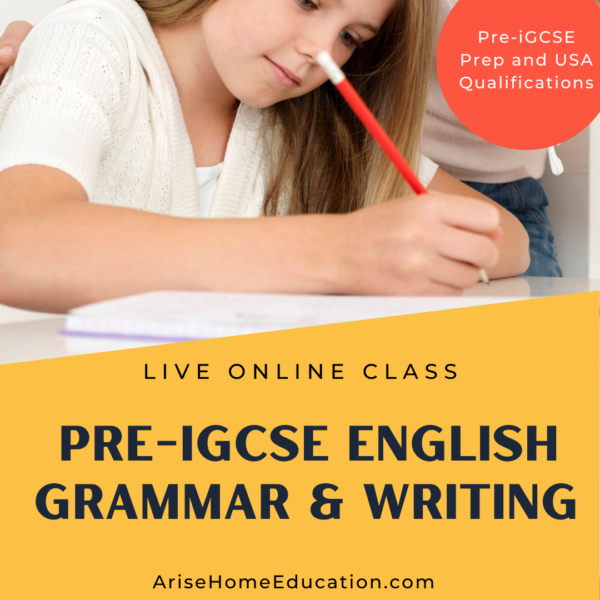


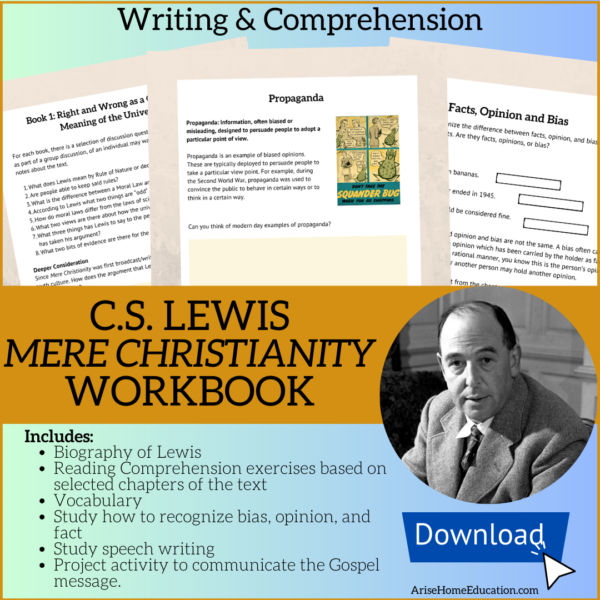
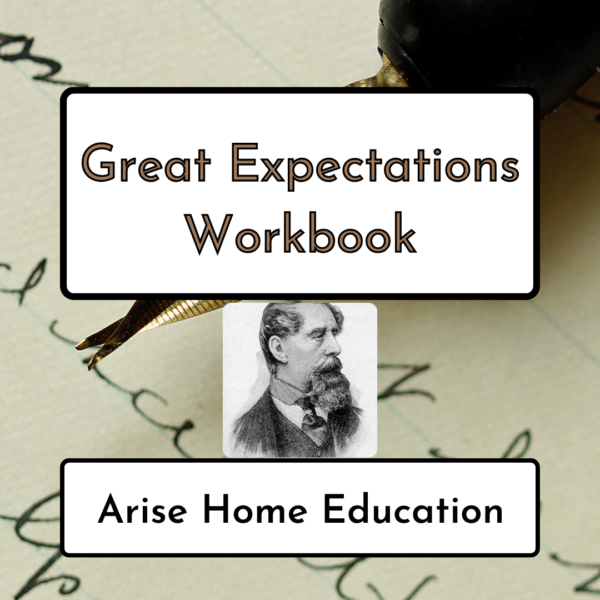
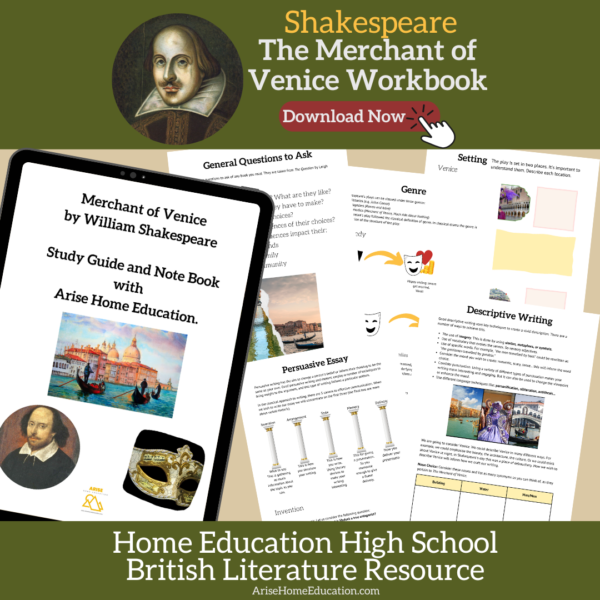
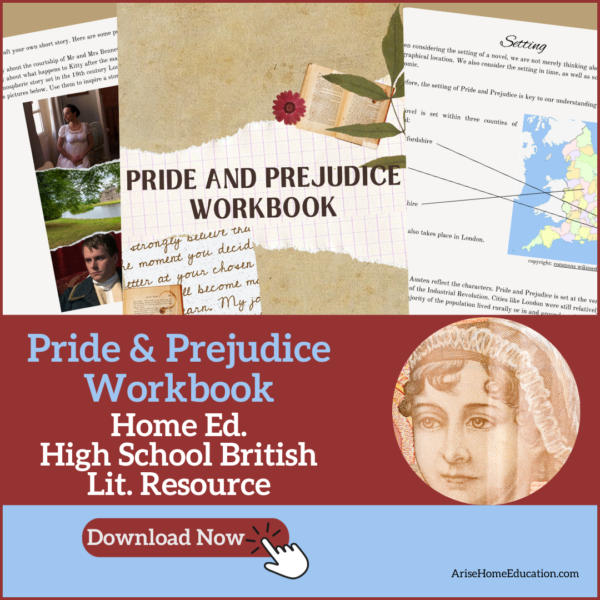
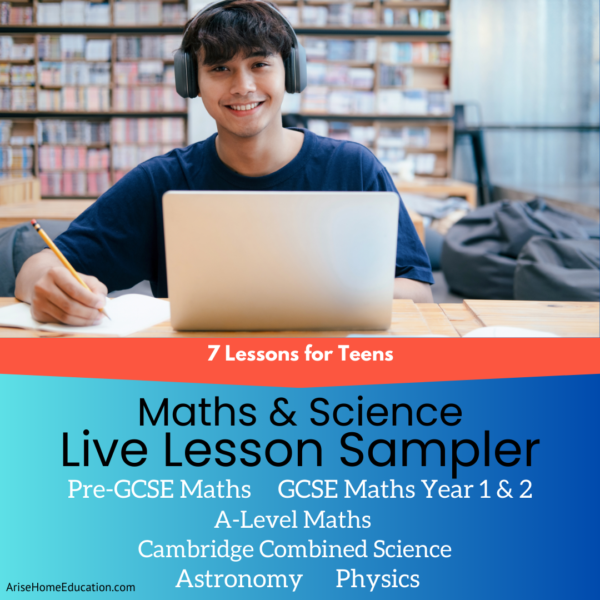
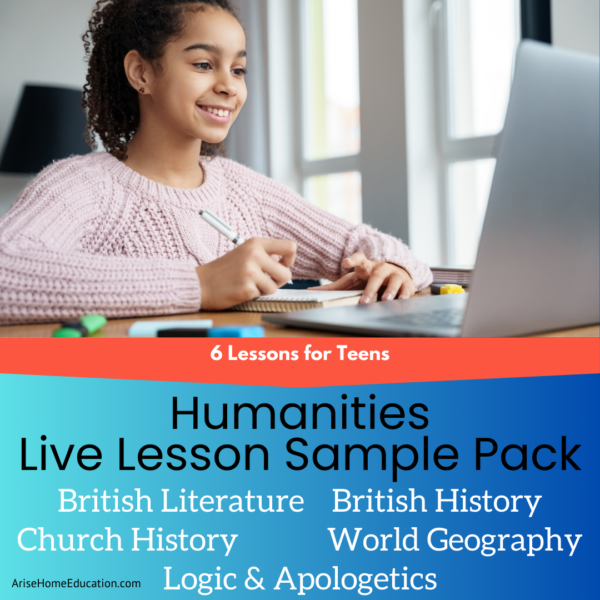
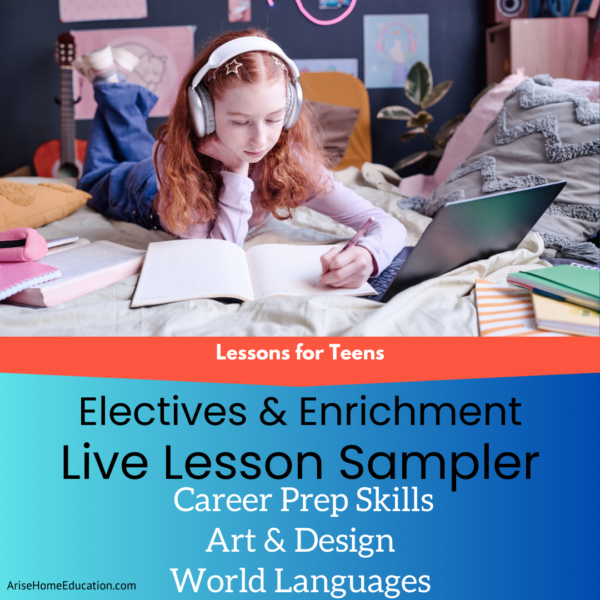

1 thought on “Reading and Writing Learners | Tips for Different Learning Styles”
Comments are closed.